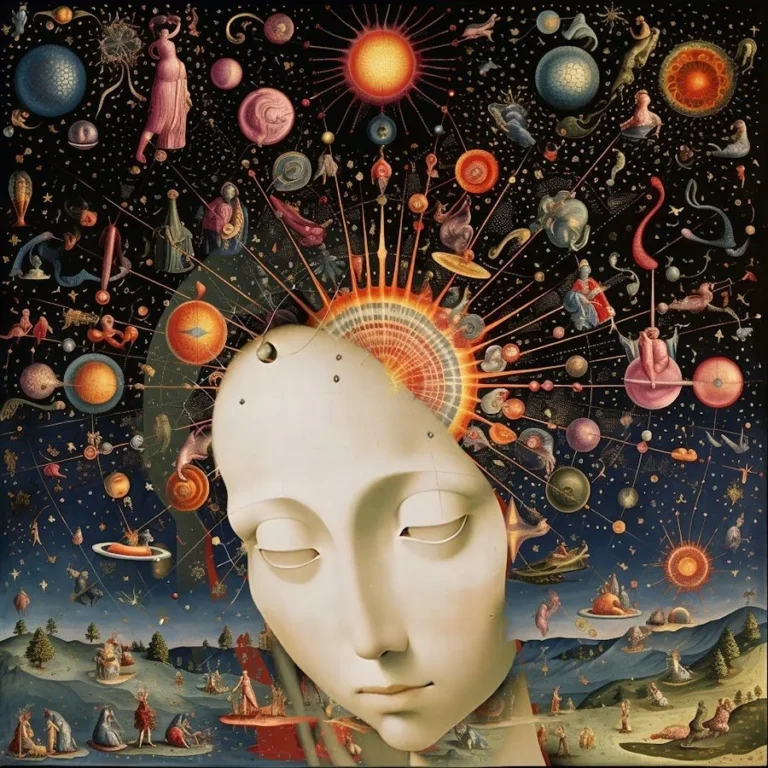In a world an increasing number of dominated through fleeting traits and ephemeral fads, there is something inherently charming approximately traditions that have withstood the check of time. Maestramente, an artwork shape rooted in centuries of records and lifestyle, embodies this timeless allure. This article delves into the intricacies of Maestramente, exploring its origins, evolution, strategies, cultural significance, modern diversifications, and destiny potentialities.
Origins of Maestramente
The origins of Maestramente may be traced lower back to the colorful and dynamic societies of medieval Europe. During the twelfth century, this art form started out to take form, encouraged with the aid of the confluence of diverse inventive and cultural actions. The term “Maestramente” itself is derived from the Latin word “magister,” meaning master, signifying the high level of talent and information required to practice this artwork.
In its early days, Maestramente was intently related to the ecclesiastical and royal courts, in which it was used to create difficult manuscripts, tapestries, and architectural designs. These early works had been characterized by way of their meticulous attention to element and the use of wealthy, vibrant colorings, which were regularly derived from herbal resources inclusive of minerals and flowers.
Evolution Through the Ages
As time progressed, Maestramente developed, adapting to the changing tastes and preferences of various eras. During the Renaissance, as an instance, this artwork form experienced a renaissance of its personal, as artists commenced to experiment with new strategies and substances. The invention of the printing press within the fifteenth century also had a profound impact on Maestramente, making it handier to a much wider target audience.
In the Baroque duration, Maestramente took on an extra ornate and dramatic fashion, with artists the usage of tricky compositions and ambitious contrasts to create a feel of grandeur and opulence. This duration additionally noticed the emergence of latest genres within Maestramente, inclusive of portraiture and landscape painting, which allowed artists to discover a much wider range of topics and themes.
Techniques and Craftsmanship
At the heart of Maestramente is a dedication to craftsmanship and method. Practitioners of this artwork form spend years honing their abilities, gaining knowledge of a number of strategies and equipment. One of the maximum distinct features of Maestramente is its emphasis on precision and detail. Whether running on a miniature manuscript or a big-scale tapestry, artists strive to achieve a degree of perfection this is each technically and aesthetically alluring.
One of the key techniques used in Maestramente is illumination, wherein artists follow gold or silver leaf to a floor to create a shimmering, reflective impact. This approach, which dates again to medieval instances, requires a sensitive touch and an eager eye for detail. Another important issue of Maestramente is the usage of vibrant colours, which might be regularly implemented in multiple layers to reap a wealthy, deep hue.
Cultural Significance
Maestramente isn’t simply an artwork form; it’s far a reflection of the cultural and historic context wherein it became created. Throughout records, Maestramente has been used to carry religious, political, and social messages, making it an effective device for conversation and expression.
In medieval Europe, for instance, illuminated manuscripts were regularly used to train and encourage, with their problematic designs and vivid imagery serving as a visual illustration of non secular and moral teachings. Similarly, tapestries and different sorts of decorative art have been used to bring the wealth and energy of the ruling elite, regularly depicting scenes of triumph and conquest.
The cultural importance of Maestramente extends beyond its ancient context. Today, this artwork form continues to be celebrated for its splendor and craftsmanship, serving as a source of inspiration for cutting-edge artists and architects.
Modern Adaptations
In the current generation, Maestramente has endured to evolve, adapting to new technologies and artistic movements. While traditional techniques and substances are nonetheless valued, contemporary practitioners of Maestramente are also exploring new mediums and methods.
Digital era, for instance, has unfolded new possibilities for Maestramente, permitting artists to create complex designs and styles with a degree of precision and detail that turned into formerly unimaginable. At the equal time, there may be a developing interest in retaining and reviving traditional strategies, with many artists seeking to mix the vintage with the new in progressive ways.
One incredible instance of cutting-edge Maestramente is the work of cutting-edge manuscript illuminators, who use virtual gear to create intricate designs that mimic the appearance and feel of traditional illuminated manuscripts. These current illuminations frequently incorporate modern issues and motifs, blending the beyond and found in a continuing and captivating manner.
Future Prospects
As we look to the destiny, the potentialities for Maestramente are brilliant. This timeless artwork shape keeps to captivate audiences with its splendor and craftsmanship, inspiring a new generation of artists and fans. There is a developing popularity of the significance of keeping and selling traditional arts and crafts, and Maestramente is no exception.
Educational establishments and cultural groups are gambling a crucial function in this attempt, imparting publications and workshops that train the techniques and records of Maestramente. These tasks are assisting to make certain that this historic artwork shape is surpassed down to destiny generations, preserving it alive and vibrant.
In addition, the upward thrust of virtual generation and social media has made it simpler than ever for artists to proportion their work and connect with an international audience. This has led to a renewed interest in Maestramente, with extra humans coming across and appreciating the intricacies and splendor of this artwork shape.
In end, Maestramente is a testimony to the long-lasting strength of art and craftsmanship. From its origins in medieval Europe to its present-day variations, this art shape has continued to conform and inspire, reflecting the wealthy cultural and historic tapestry of human civilization. As we pass ahead, the destiny of Maestramente seems promising, with new generations of artists and fanatics devoted to maintaining and celebrating this timeless culture.
